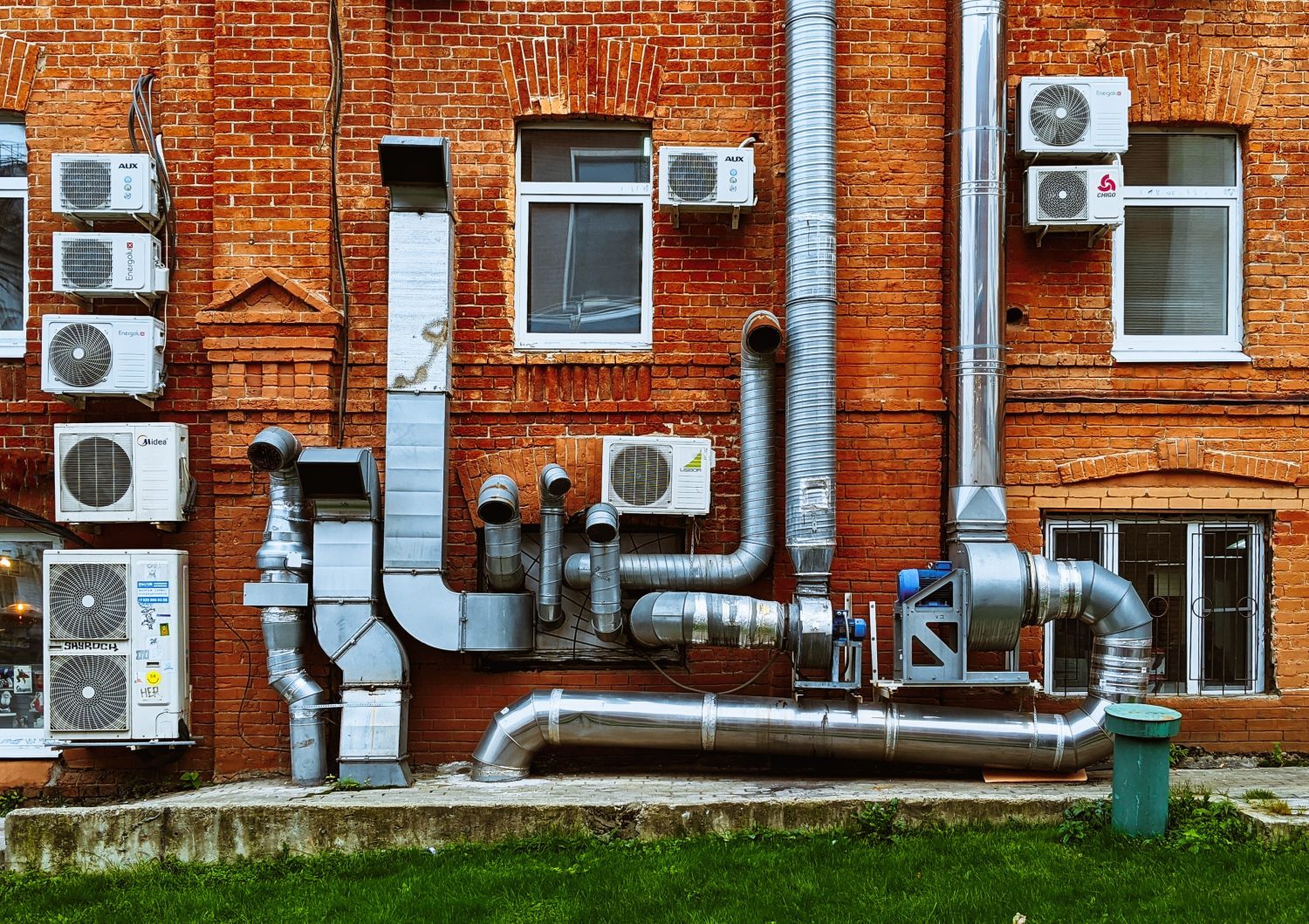What is the process of duct fabrication?
02nd Jun

Duct fabrication for commercial and residential properties follows the same broad process. Most duct systems use sheet metal and as a result, require sheet metal fabrication processes. However, differences may arise when it comes to the scope of the metal fabrication.
Review regulations
Before any manufacturing processes begin, it’s necessary to review building regulation law for ventilation requirements in England. Depending on the project, this can dictate aspects of air ducts to ensure the proper levels of indoor air quality are being upheld.
Measurements and conceptualisation
Measurements should be taken at the installation site so duct dimensions can be confirmed and double checked. This includes the length of the ventilation system, location of wall entrance-and-exit points and distance from the wall. From here, accurately detailed installation sketches can be created.
Select materials
For air ducts there are four main types to choose from – sheet metal, fiberboard, fiberglass and flexible. The latter is made from a combination of plastic polymer and metal wiring. Sheet metal duct fabrication typically uses galvanised stainless steel or aluminium.
Duct construction
Once all preliminary checks, selections, considerations and calibrations have been made it’s time to do the fabrication work. How each of the following stages gets completed will depend on the duct system:
- Make and follow cutting lines. Cutting methods include Hydraulic (water jet cutting), Thermal (oxygen cutting, plasma, laser cutting) , Mechanical (machine operated shearing, cutting, drilling and punching).
- Chamfer metal edges.
- Fold the duct closed.
- Use appropriate joining techniques on necessary parts.
- Apply reinforcements where necessary.
Quality checks
After construction, steps should be taken to ensure the duct system is functioning properly. All panels, grooves and openings should line up exactly. This is doubly important as some areas will be tested under government law, such as duct leakage testing.
Common uses for ducts
Ducts can be used in commercial buildings by companies within a myriad of industries. An air duct system is an essential part of climate control. It helps commercial tenants save on energy costs and improve workforce comfort through the even distribution of air.
- Air supply – some technical processes need access to an air supply to work properly. Combustion reactions for example, require oxygen as fuel. A low air supply in this case can pose a health risk through the production of carbon monoxide.
- Exhaust systems – similarly, processes that create potentially harmful waste-gases need to have exhaust systems. They work by extracting air from internal spaces.
- Air conditioning – allows for the cooling of individual rooms within a building or the entire structure. Air conditioning can help combat the heat that’s often given off by manufacturing processes.
- Air heating – in duct systems, air heating can be achieved with a heated coil that warms the air as it passes through from the outside.
Get duct fabrication support with FEM
Looking for metal fabrication Sheffield? FEM offers a wide range of services for application in fabrication projects. We’re amongst the most experienced fabrication companies in Sheffield, so you know we can be trusted. Plus, FEM has worked on duct projects before.
Last of all, FEM offers free quote for fabrication work. Get started today.